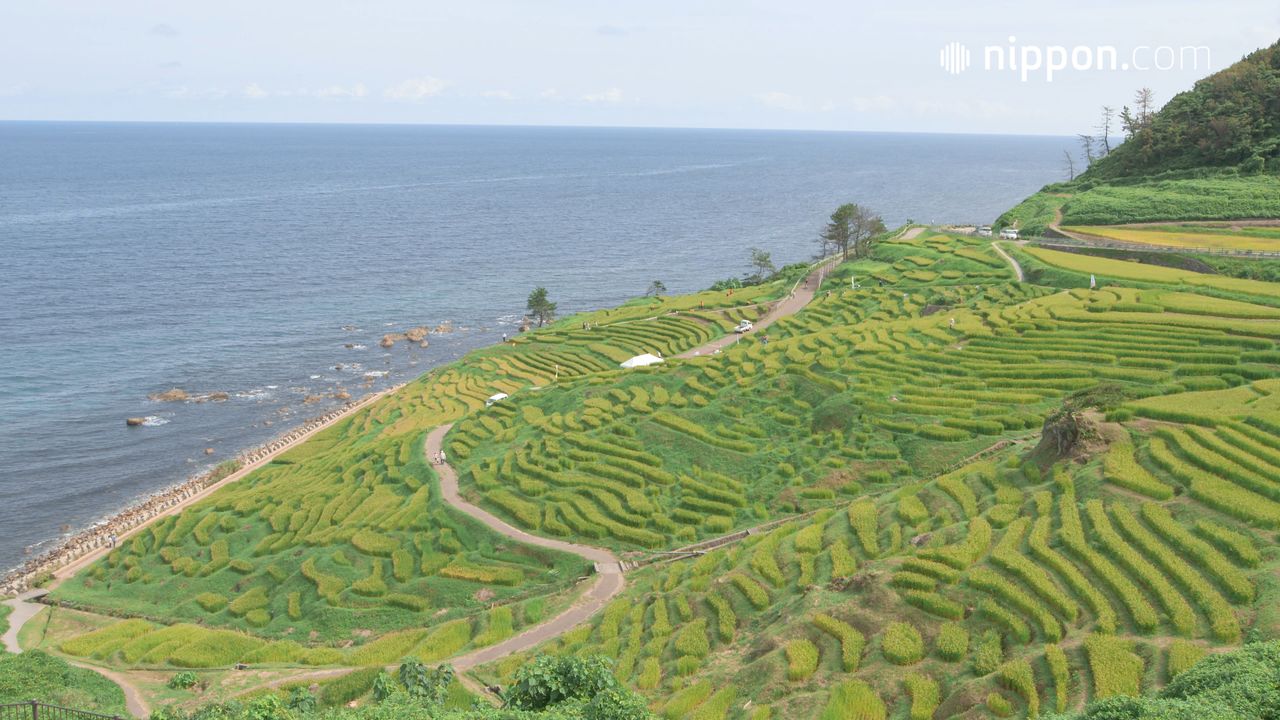
Farming in Harmony with Nature: The Internationally Recognized Heritage of the Noto Peninsula
JapanIn video
Guide to Japan Travel Lifestyle- English
- 日本語
- 简体字
- 繁體字
- Français
- Español
- العربية
- Русский
The Noto Peninsula, a part of Ishikawa Prefecture that extends into the Sea of Japan, is an area where for many centuries humans have farmed, fished, and logged in harmony with nature. In 2011 the area became the first in Japan to win designation from the Food and Agriculture Organization of the United Nations as a “Globally Important Agricultural Heritage Systems” site. A prime example of Noto’s agricultural heritage is Shiroyone Senmaida, a steep slope in the Shiroyone district of Wajima that is covered with small terraced rice paddies overlooking the sea. Noto is also the site of Japan’s only salt producer using the traditional method of carrying water in buckets from the sea and spreading it on beds of sand. The mineral-rich salt produced here has become sought after by foreign chefs. Meanwhile, residents of the mountainous areas of the peninsula have managed to grow rice under harsh natural conditions by planting windbreaks and digging ponds. Their efforts have produced countryside scenes to charm visitors.
On winter days when the skies are clear, the towering peaks of the Tateyama Mountain Range (Tateyama Renpō) can be seen from the shore of the bay formed by the Noto Peninsula. On the peninsula itself, the attractions for tourists are more human in scale.
(Originally published in Japanese. Created in cooperation with Kanazawa Cable Television.)